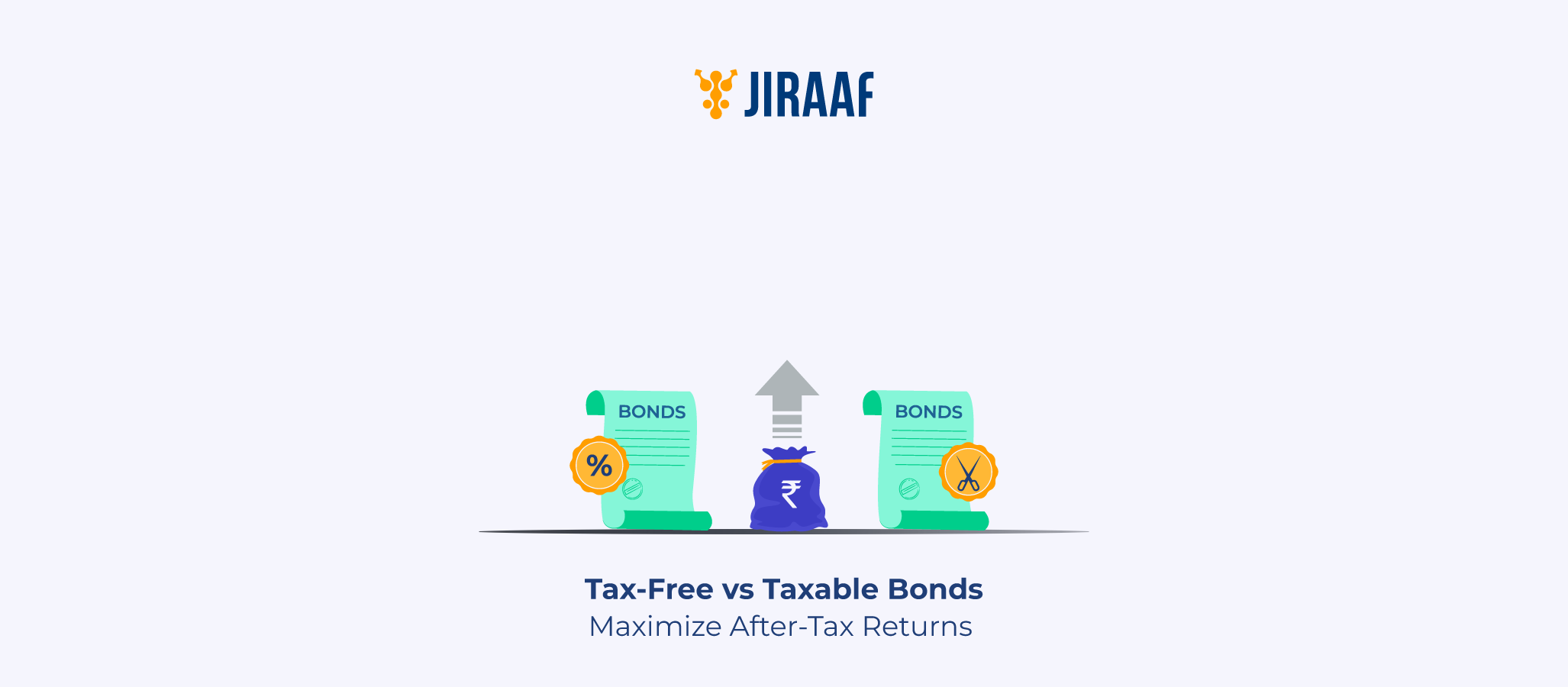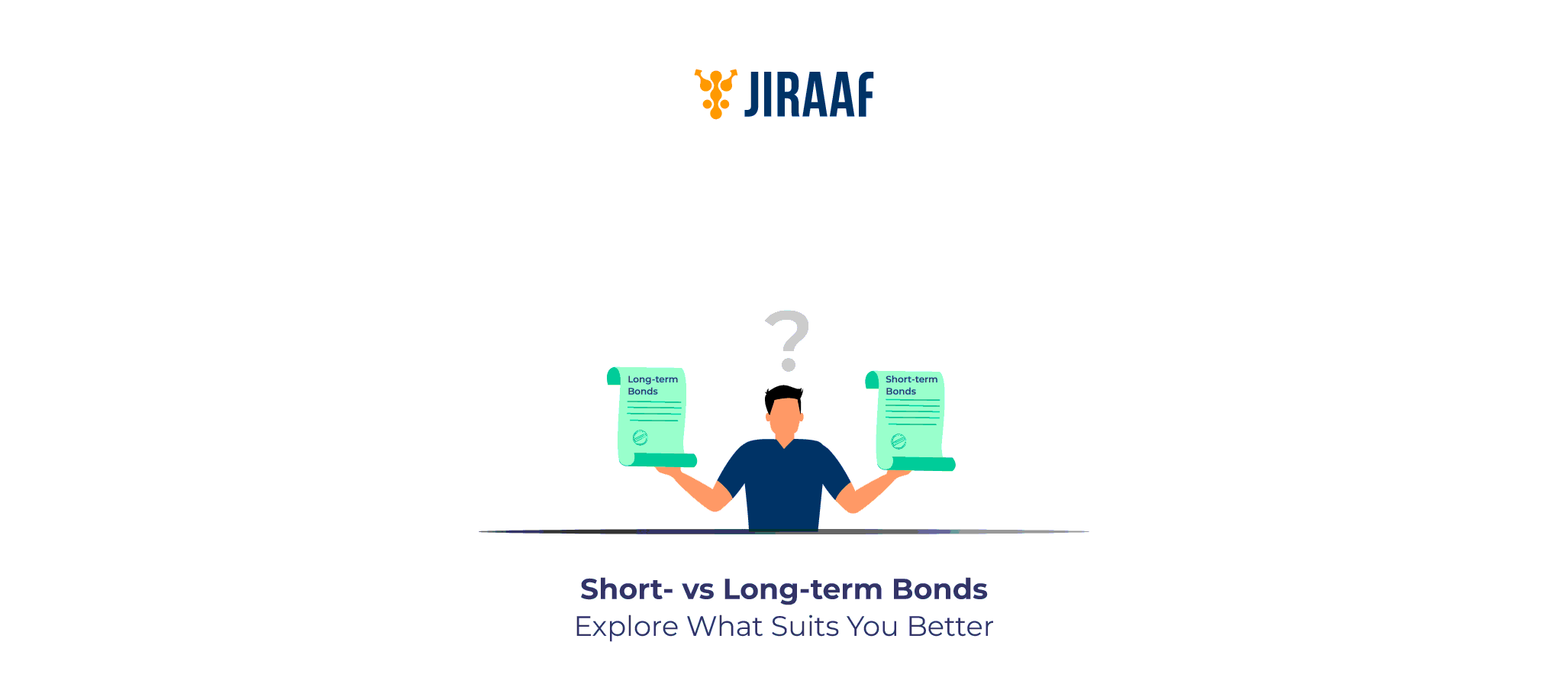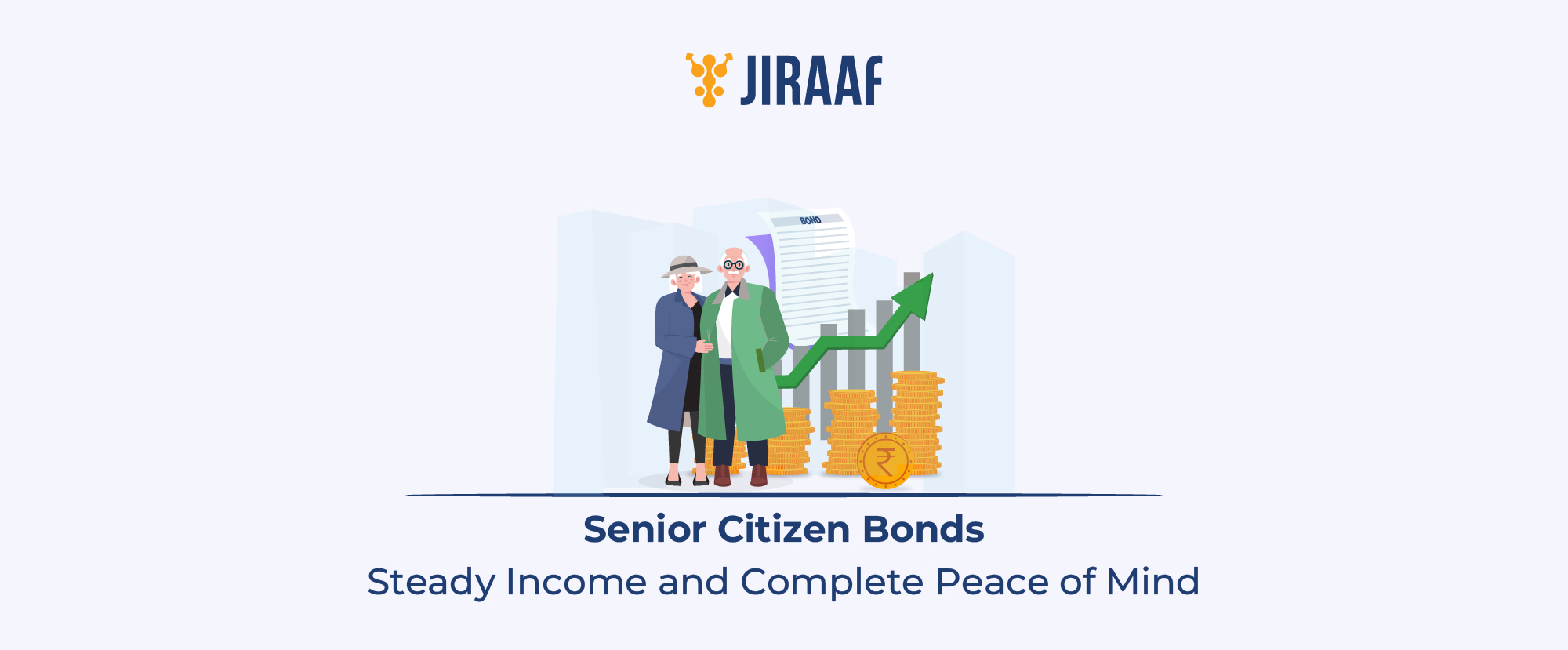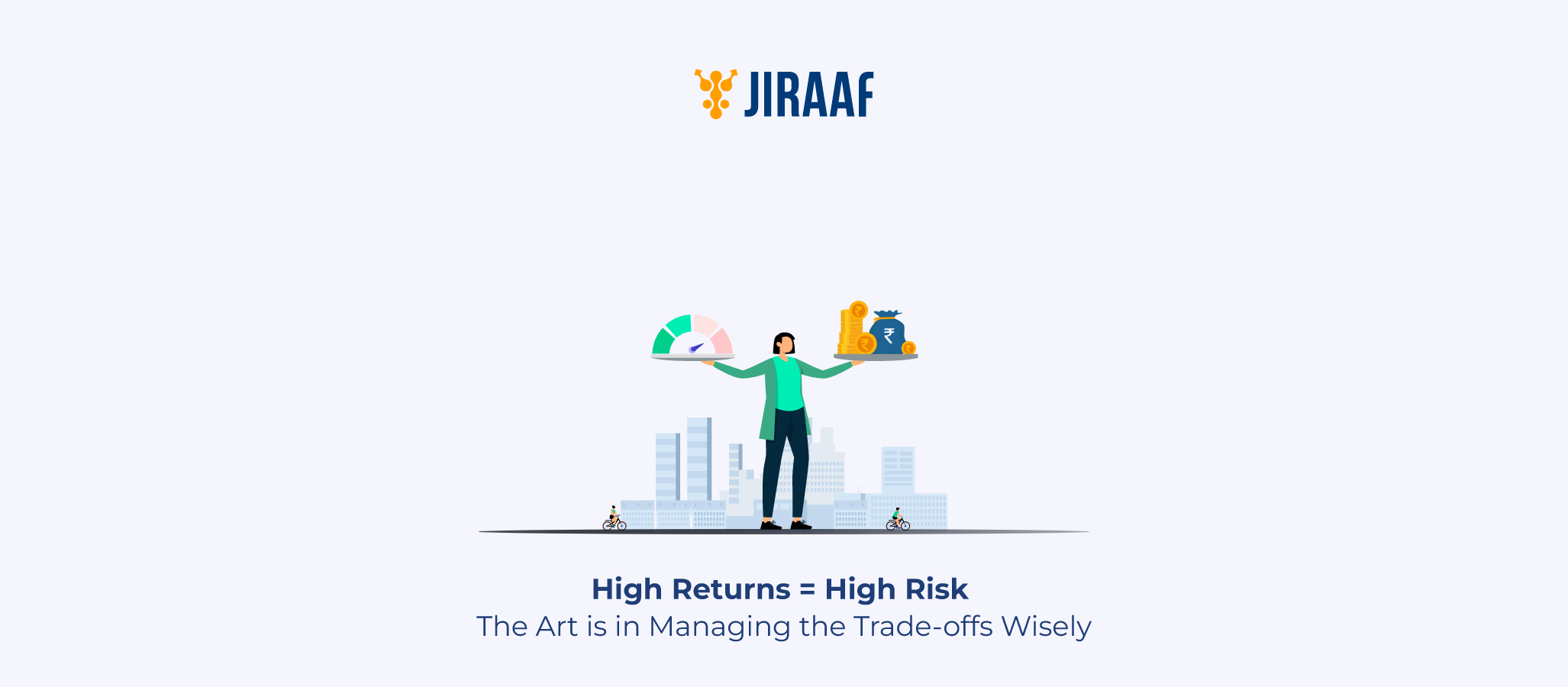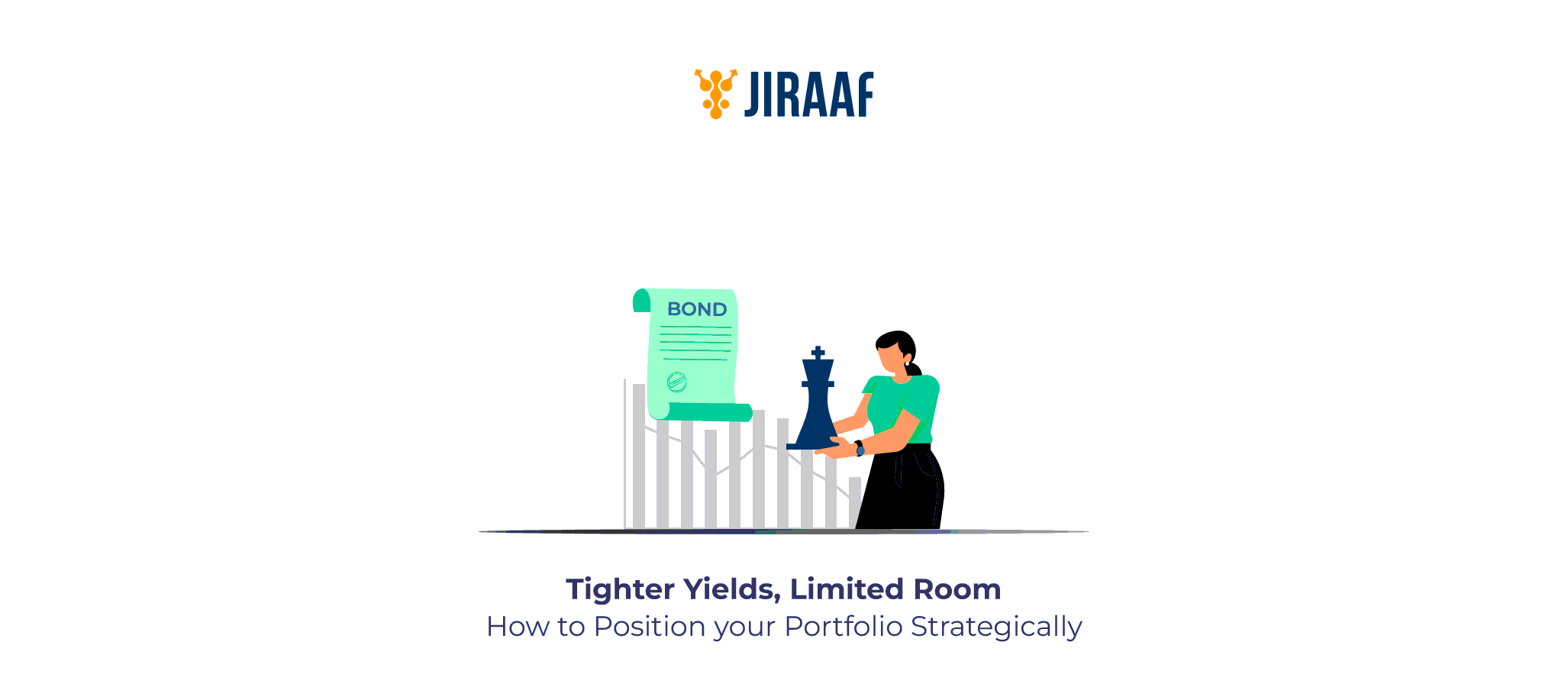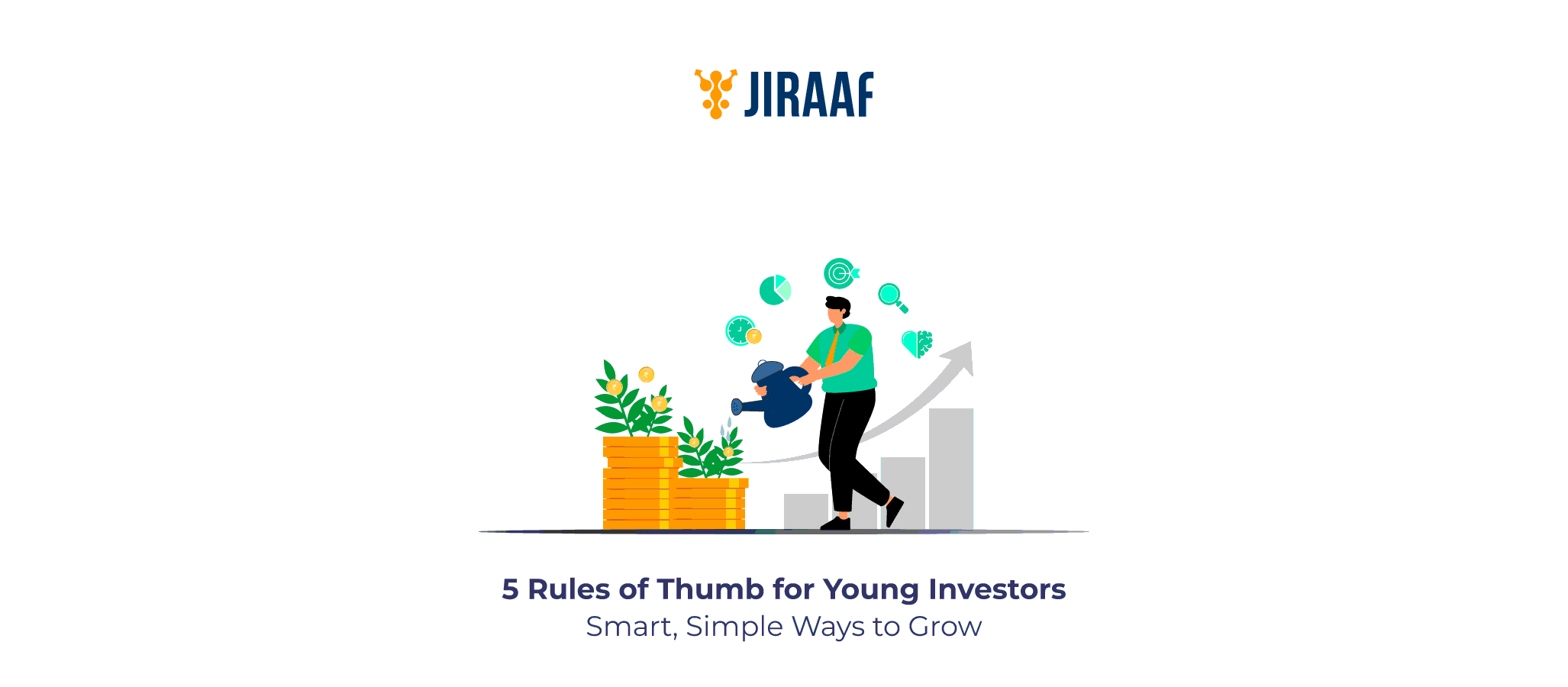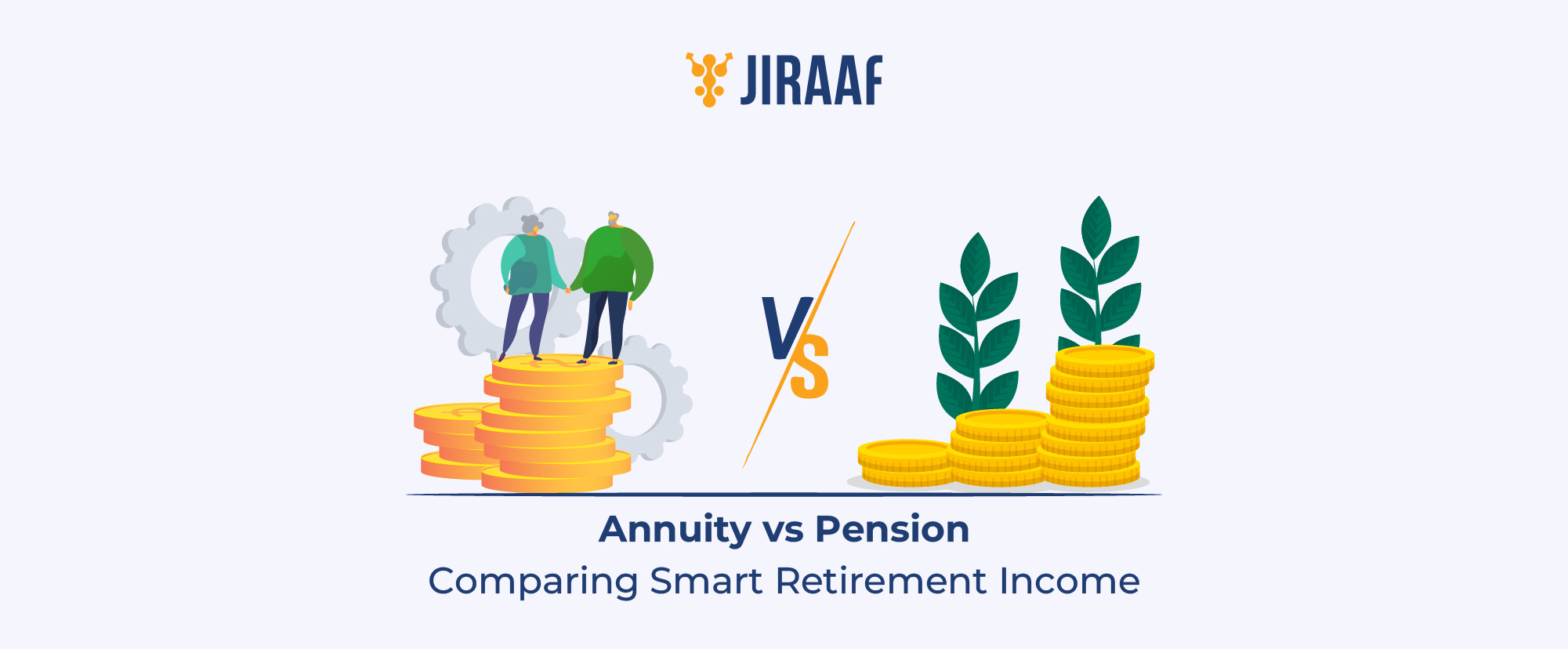On the surface, the answer seems simple. After all, the term ‘tax-free’ is music to investors’ ears; who wouldn’t want that? But are tax-free bonds always the better option, or is there more nuance to the choice?
Tax-free bonds might save you taxes, but taxable bonds often compensate with higher coupon rates and sometimes, the after-tax math tells a very different story than your initial presumption. Between these two, the better option isn’t always the one that sounds smarter, but the one that performs smarter, once you factor in returns, tenure, and your own tax bracket.
In this blog, we break down the key differences between tax-free and taxable bonds, exploring their structure, taxation, and suitability, to help you make an informed choice for your investment portfolio.
What Are Tax-free Bonds in India?
Tax-free bonds are debt securities issued by governments or government-owned entities to fund various purposes, including business operations and infrastructure development. They carry minimal default risk and are primarily AAA-rated.
The primary purpose of issuing tax-free bonds is to serve as a capital-raising mechanism for the government, while providing investors with a tax-free investment avenue. Tax-free bonds are ideal for investors seeking a stable and long-term investment option, as they have longer tenures, ranging 10 years or more.
The most lucrative feature of a tax-free bond is its total exemption from the income tax under Section 10(15) of the Income Tax Act, 1961, no matter how much money is invested.
Multiple government-backed entities issue these bonds for different purposes. Let us discuss the various types of tax-free bonds issued in India and how they help raise capital for different purposes.
Types of Tax-free Bonds in India
- Infrastructure Bonds
Infrastructure bonds are primarily issued by state governments, municipal corporations, and public sector undertakings (PSUs). The funds raised are channeled into building and expanding the nation’s core infrastructure.
- Housing Bonds
Housing bonds are designed to raise capital for affordable and large-scale housing projects. The capital raised by the issuance of these bonds is used to finance government housing schemes that make home ownership more accessible to citizens.
- Railway Bonds
Railway bonds are issued by entities such as Indian Railway Finance Corporation (IRFC), Rail Vikas Nigam Limited (RVNL), and IRCON International. The capital raised through these bonds is invested in upgrading railway infrastructure, improving connectivity, and supporting India’s growing transport needs.
- Public Sector Unit (PSU) Bonds
PSU bonds are issued by public sector enterprises in which the Central or State Government holds more than a 51% stake.
However, tax-free bonds offer lower returns, as they are more stable and reliable compared to taxable bonds. Generally, the interest rates offered on these bonds are fixed by the government at around 5.5% to 7%, while most taxable bonds offer returns ranging from 8% to 15%.
This brings us to the next section of the blog. Let us discuss what taxable bonds are in detail.
What are Taxable Bonds?
Taxable bonds compensate you by offering greater yields in exchange for higher risk and tax burden. These bonds are mainly issued by private corporations and financial institutions and range between A to BBB- credit ratings.
They’re also subject to taxation both on the interest earned and the principal invested. While the interest earned on these bonds is taxable as per the investor’s tax slab, the taxability on capital gains is different for listed and unlisted bonds, discussed below.
- For Listed Bonds
If you hold these bonds for more than 12 months or more, your bonds will be taxed as LTCG at 12.5% without indexation. If held for a lesser period, they will be taxed as STCG and taxed as per your applicable slab rate.
- For Unlisted Bonds
Unlisted bonds that are transferred, matured or redeemed on or after 23rd July 2024 will be considered as STCG and taxed as per your applicable slab rate irrespective of the period of holding.
Now that we have discussed both tax-free and taxable bonds, let us put them side by side and compare key factors for better understanding.
Key Differences Between Tax-free and Taxable Bonds
| Parameter | Tax-free Bonds | Taxable Bonds |
| Interest Taxation | Completely Exempt Under Section 10(15) | Taxed at Applicable Slab Rate (5%-30%) |
| TDS Applicability | No TDS Deduction | 10% TDS on Interest Income |
| Typical Yield Range | 5.5 to 7% | 8% to 15% |
| Issuers | Governments and Government-backed PSUs only | Corporates, Private Banks and NBFCs |
| Credit Rating | AAA | A to BBB- |
| Investment Tenure | 10-20 years (long-term) | 1-30 years (flexible) |
| Risk Level | Very low (government backing) | Varies by issuer (low to moderate) |
Tax-Free Bonds Interest Rates in 2025
The tax-free bond interest rate landscape in 2025 shows a mix of trading at premiums in secondary markets, thus offering lower yields below their face value coupons.
Based on current market data, here are some of the tax-free bonds:
NHAI bonds with an 8.75% coupon (maturing in 2029) currently trade at yields around 5.48%, National Housing Bank bonds with 9.1% coupons (maturing in 2033) offer yields of approximately 5.01%, and NTPC bonds with 8.91% coupons provide yields around 5.6%. The premium pricing reflects strong investor demand and the scarcity of new issuances.
Compared to traditional fixed deposits, which offer annual yields of 6.5% to 7.5%, tax-free bonds appear less attractive on a nominal yield basis. However, the after-tax comparison tells a different story. For investors in the 30% tax bracket, a 7% FD provides an after-tax return of only 4.9%, making tax-free bonds at a 5.10% yield significantly more attractive.
With current repo rates stabilizing around 5.5% (as of October 2025) and inflation trending lower, the interest rate environment suggests that tax-free bonds will continue to trade at premiums, maintaining their appeal primarily for high-tax bracket investors, despite reduced nominal yields.
Who Should Invest in Tax-free Bonds?
Tax-free bonds are ideal for investors who value tax efficiency and stability over absolute returns. Here are the three types of investors who should look to invest in these bonds.
- Salaried Professionals
Salaried professionals who fall under higher income tax liabilities should opt for tax-free bonds as they help optimize tax outflows while ensuring capital protection.
- Conservative Investors
Senior citizens seeking a stable, predictable income without tax complications fall into the ideal investor category for tax-free bonds. Government backing with AAA ratings makes the 5.5% to 7% tax-free returns lucrative as opposed to volatile equity markets.
- Long-term Investors
Investors who don’t require liquidity for 10-15 years can benefit from tax-free bonds since these instruments perform best when held to maturity. The long tenure aligns well with retirement planning, children’s education funding, or other long-term financial goals.
That said, these bonds are less suitable for investors falling in lower tax brackets, such as 5% or 10%. Similarly, investors who require regular liquidity or those seeking higher growth opportunities should also not opt for tax-free bonds.
You should always look at both sides as a particular bond type can be more favorable to your situation over another. This is why it becomes crucial to weigh the pros and cons of tax-free and taxable bonds before making an investment decision.
Pros and Cons of Tax-free Bonds vs Taxable Bonds
Pros of Tax-Free Bonds
- Complete Tax Exemption
The most significant advantage of tax-free bonds is 0% tax liability on interest earned under Section 10(15).
- Zero Credit Risk
These bonds carry near to zero risk as the government is backing them.
- Predictable Returns
Fixed and stable cashflow structure of tax-free bonds make them one of the safest and most predictable debt security.
Cons of Tax-Free Bonds
- Lower Nominal Yields
Tax-free bonds typically offer lower returns than equivalent taxable bonds, which may not suit investors seeking higher returns.
- Long Lock-in Period
Most tax-free bonds come with 10–20-year tenures, restricting flexibility, liquidity and potentially exposing investors to inflation risk over extended periods.
Pros of Taxable Bonds
- Higher Gross Yields
Taxable bonds offer higher post-tax returns than tax-free bonds.
- Greater Variety
Extensive options across issuers, tenures, credit ratings, and structural features enable better portfolio customization and risk-return optimization.
- Better Liquidity
More active secondary markets and a diverse investor base ensure easier entry and exit, providing greater investment flexibility.
Cons of Taxable Bonds
- Tax Burden
These bonds are taxed on the Interest earned along with 10% TDS. This significantly reduces net returns for high-income investors.
- Higher Risk Range
Credit risk varies substantially across issuers. Hence, these bonds require careful due diligence.
- Market Volatility
Taxable bonds face greater price fluctuations due to broader investor participation and varying risk perceptions.
Final Verdict: Which Bonds Should You Pick?
The choice between tax-free bonds vs taxable bonds ultimately depends on your tax bracket, investment horizon, and financial objectives. For investors in the 30% tax bracket with long-term investment horizons, tax-free bonds might provide superior after-tax returns despite lower nominal yields. However, if you fall under the middle-income investor category, you may find taxable bonds more attractive depending on your individual financial goals.
FAQs About Tax-Free Bonds vs Taxable Bonds
Tax-free bonds offer completely exempt interest income under Section 10(15), while taxable bonds require investors to pay income tax at applicable slab rates plus 10% TDS on interest earnings.
Yes, tax-free bonds are 100% exempt from income tax on interest earnings, but capital gains tax still applies if you sell them before maturity in the secondary market.
For investors in 30% tax bracket, tax-free bonds at 5.5% yield better after-tax returns than taxable bonds at 8%, while lower tax bracket investors benefit more from taxable bonds’ higher gross yields.
High-income earners in 20-30% tax brackets, HNIs, senior citizens seeking stable income, and long-term conservative investors should prefer tax-free bonds for better after-tax wealth creation.
Tax-free bonds are available only in the secondary market since no new issues have been launched since 2016, with existing bonds from NHAI, PFC, REC, and HUDCO trading at premium prices.
Taxable bonds face income tax at slab rates on interest plus 10% TDS, similar to FDs, but offer 12.5% long-term capital gains tax versus FDs’ full slab rate taxation on maturity gains.
